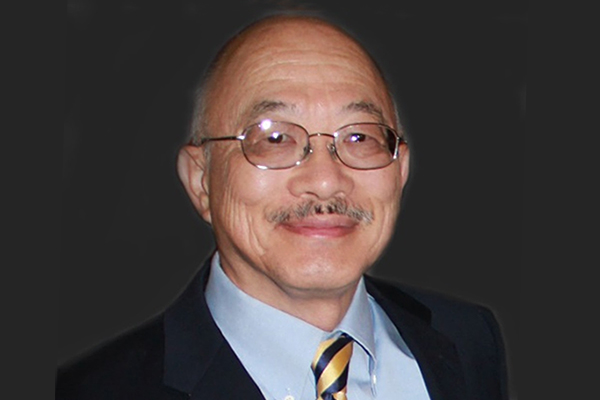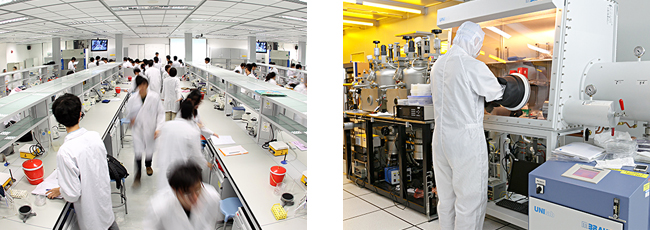Lab Safety
External Expert Recognized HKUST Laboratory Safety Program and Suggested Areas for Improvement
In November 2017, HSEO invited Mr Larry Wong of University of California to review the laboratory safety program at HKUST. Mr Wong has worked in the environmental health and safety (EHS) field for over 40 years. He is currently the Associate EH&S Director, University of California Office of the President, and is responsible for providing system-wide direction, consultation, and assistance to the 10 UC campuses and 5 medical centers. He has also served as interim EHS Director at UC Santa Cruz, UC Merced, UC Riverside and San Francisco State University. Before coming to the University of California, Mr Wong served as a Section Chief for the California Department of Toxic Substances Control (DTSC) where he managed several environmental regulatory programs. Prior to that position, Mr Wong served as an industrial hygienist with California Occupational Safety and Health Administration, where he performed field inspections, conducted occupational safety and health research, and developed several proposed regulations for approval by the Cal/OSHA Standards Board.
Mr Wong’s visit included a tour of selected laboratories and the Center of Laboratory Supplies (CLS). HSEO staff accompanied him on the tour, during which Mr Wong was able to meet with faculty members, researchers, and staff to discuss and observe selected aspects of the campus laboratory health and safety program. The campus visit concluded with a November 28, 2017 health and safety seminar for HKUST staff, faculty, researchers, and Departmental Safety Officers.



The following is the Executive Summary of Mr Larry Wong’s review report.
The HSEO has an effective laboratory program which provides a variety of health and safety services to the HKUST research community. These include management of hazardous materials, risk assessment of research proposals, consultative services, periodic oversight of research health and safety operations via survey/audit by departmental and HSEO staff, etc. The laboratory safety program relies on Departmental Safety Offices in the departments to facilitate the implementation of HKUST health and safety policies and regulatory requirements. The HSEO laboratory safety program is comparable with several mid-sized University of California (UC) campuses. Safety program implementation in some of the shared services areas was found to be as effective as or even better than comparable operations at some UC campuses.
In the constantly evolving laboratory health and safety arena, there are always different aspect or targeted hazard focus programs and new lessons learnt which can be implemented not only as part of the health and safety continuous improvement program but also to improve the culture of safety in teaching and academic research operations. In this connection, recommended areas which HKUST should consider developing are: 1) A hazard-based compressed/toxic gas management program; 2) An enhanced structured general laboratory inspection checklist which is supplement with specialized checklists to address unique research hazards and operations; 3) A Standard Operating Procedure (SOP) template library which departments and researchers can use in developing lab-specific SOPs to meet the needs of specific research protocols/hazards; and 4) An ongoing and specialized training program for all entry to mid-level HSEO staff to develop their interpersonal/non-technical communication (“soft”) skills to improve communications and build consensus with faculty and researchers in health and safety matters; 5) The implementation of the safety moment concept for all meetings, especially the weekly/monthly laboratory meetings can result in the largest impact to improve the culture of safety on all levels at HKUST. It will facilitate research operations health and safety communications from the top down and the bottom up.
HSEO will work with lab users and departmental management to follow up on these valuable recommendations by Mr Wong.
